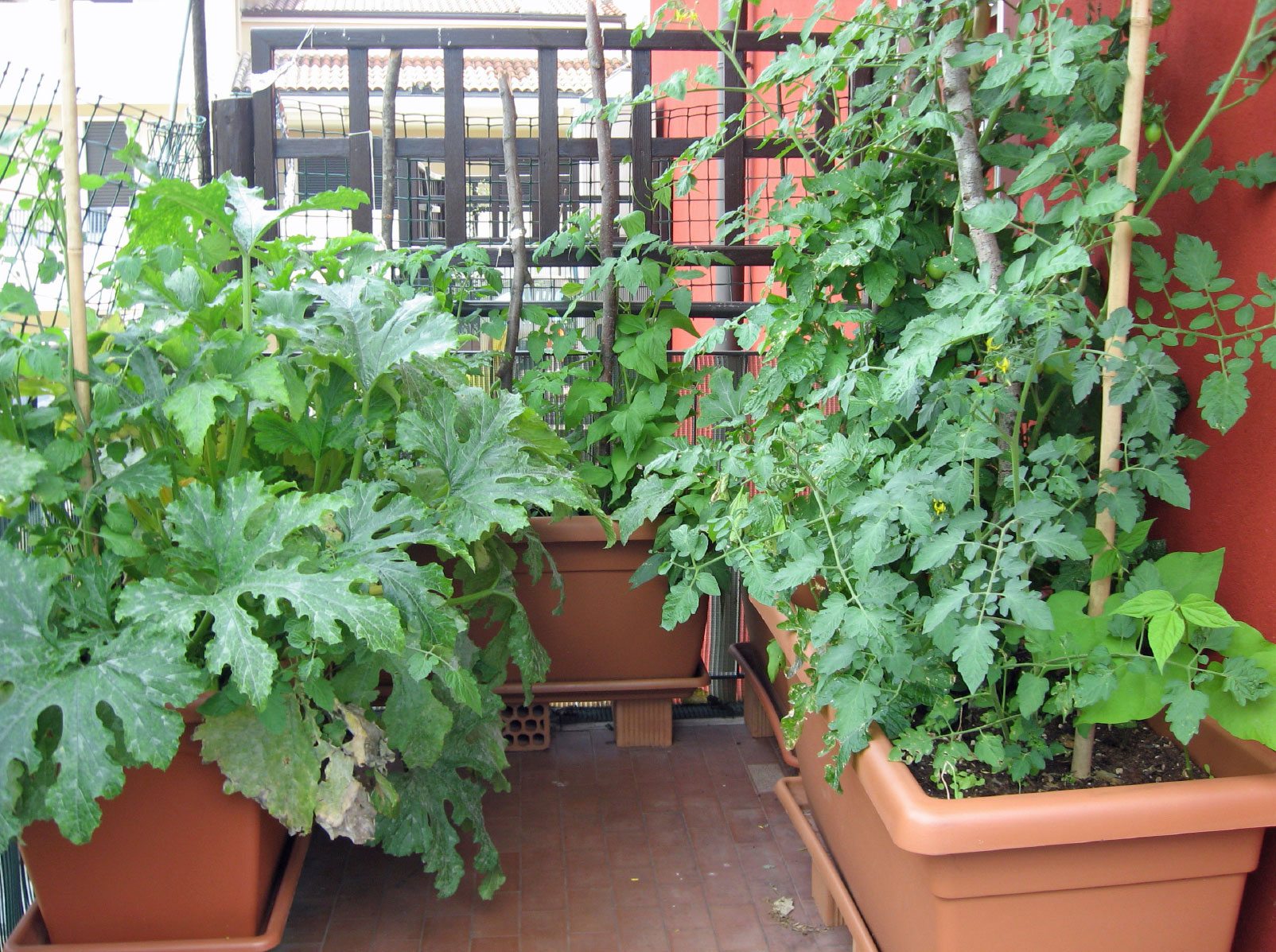5 Easy Facts About City Blooming Shown
5 Easy Facts About City Blooming Shown
Blog Article
7 Easy Facts About City Blooming Described
Table of ContentsOur City Blooming StatementsCity Blooming - The Facts8 Easy Facts About City Blooming ShownThe smart Trick of City Blooming That Nobody is Talking AboutCity Blooming Things To Know Before You Buy
Intrigued in growing food for sale in the City of Chicago? Below is a listing of often asked inquiries relating to the guidelines and laws that farmers must think about when preparing an urban farming project.
The zoning change does not change any type of other codes dealing with composting, building permits, buying or renting City owned home, business licenses or environmental contamination. There are existing codes that manage these concerns and they remain in full result and might be relevant to your project. Neighborhood yards are typically had or taken care of by public entities, civic organizations or community-based companies and kept by volunteers.
Urban ranches grow food that is intended to be marketed, either on a not-for-profit or for-profit basis. As a result of their commercial purpose, metropolitan farms require an organization permit. Yes. An area yard is allowed to market surplus generate that was expanded on website if the sales are accessory or secondary to the garden's primary purpose defined over.
City Blooming for Beginners
Composting is allowed yet just for plant product that is generated and used on website. The quantity of garden compost material can not exceed 25 cubic backyards at any type of given time according to the standards in 7-28-715 of the City's Municipal Code. Yes. Since the soil at the majority of new yard sites needs changing, compost, dirt, timber chips, or various other products can be obtained to create or enhance the expanding area - home and garden.

If a structure license is called for after that the hoophouse will be thought about an accessory structure. You can discover even more concerning the building authorization needs by contacting the Division of Buildings. The 25,000-square-foot dimension limitation is planned to stop a single community yard from controling a given block or diminishing the block's existing domestic or commercial character.
The restriction does not put on yards found in Public Open Area (POS) areas. Can there be even more than one area yard that is 25,000 square feet on a single block? Yes. The dimension limit applies to specific yards, not to individual blocks. No. Secure fencing is not called for, nonetheless, gardens that have big auto parking areas might be called for to set up fence or various other landscape design attributes.
Little Known Questions About City Blooming.
B1 & B2 areas call for that all industrial use activities be conducted indoors. Is fencing needed for city ranches? Fences may be needed, along with landscaping and screening, for certain vehicle parking areas and exterior work or storage areas depending on area and the details activity taking area.
Yes. Urban ranches need structure authorizations and zoning approvals prior to construction. Other types of city evaluation might be required depending upon details frameworks, activities, size, landscape design, licensing, public health and stormwater management issues. A number of these needs are identified in the task design or allowing procedure, however, the applicant may be responsible to individually recognize particular licenses or allows that might be required.
The Department of Business Affairs and Consumer Security can help identify the specific kind of service certificate that's required. Off street vehicle parking is required for many business jobs in Chicago. The required number of parking areas is based on the number of employees functioning on website and not the square footage of the expanding room.
All About City Blooming

A metropolitan farm can market garden compost material created on site, nonetheless, the procedure needs to conform with the policies in 7-28-715 of the Chicago Municipal Code. Aquaponic systems are permitted inside your home on urban ranches in numerous zoning areas.
As much as 5 hives or swarms of honey bees may be maintained as an accessory usage. Nonetheless, beekeepers should sign up with the Illinois Department of Farming. For more details regarding the recommended zoning amendment you might speak to the Division of Housing and Economic Development, Bureau of Preparation and Zoning at 312.744.8563.
, which takes area in country areas at the side of residential areas.
The 10-Second Trick For City Blooming
It can include a motion of organic growers, "foodies" and "locavores", who seek to form social media networks based on a common ethos of nature and area holism. These networks can establish using official institutional assistance, coming to be incorporated right into regional town preparation as a "shift town" motion for lasting city development.
In either situation, the extra straight access to fresh vegetable, fruit, and meat products that might be understood through city agriculture can enhance food safety and security and food security while lowering food miles, resulting in lower greenhouse gas exhausts, therefore adding to check my blog climate change reduction. A few of the initial evidence of urban farming comes from Mesopotamia.
Report this page